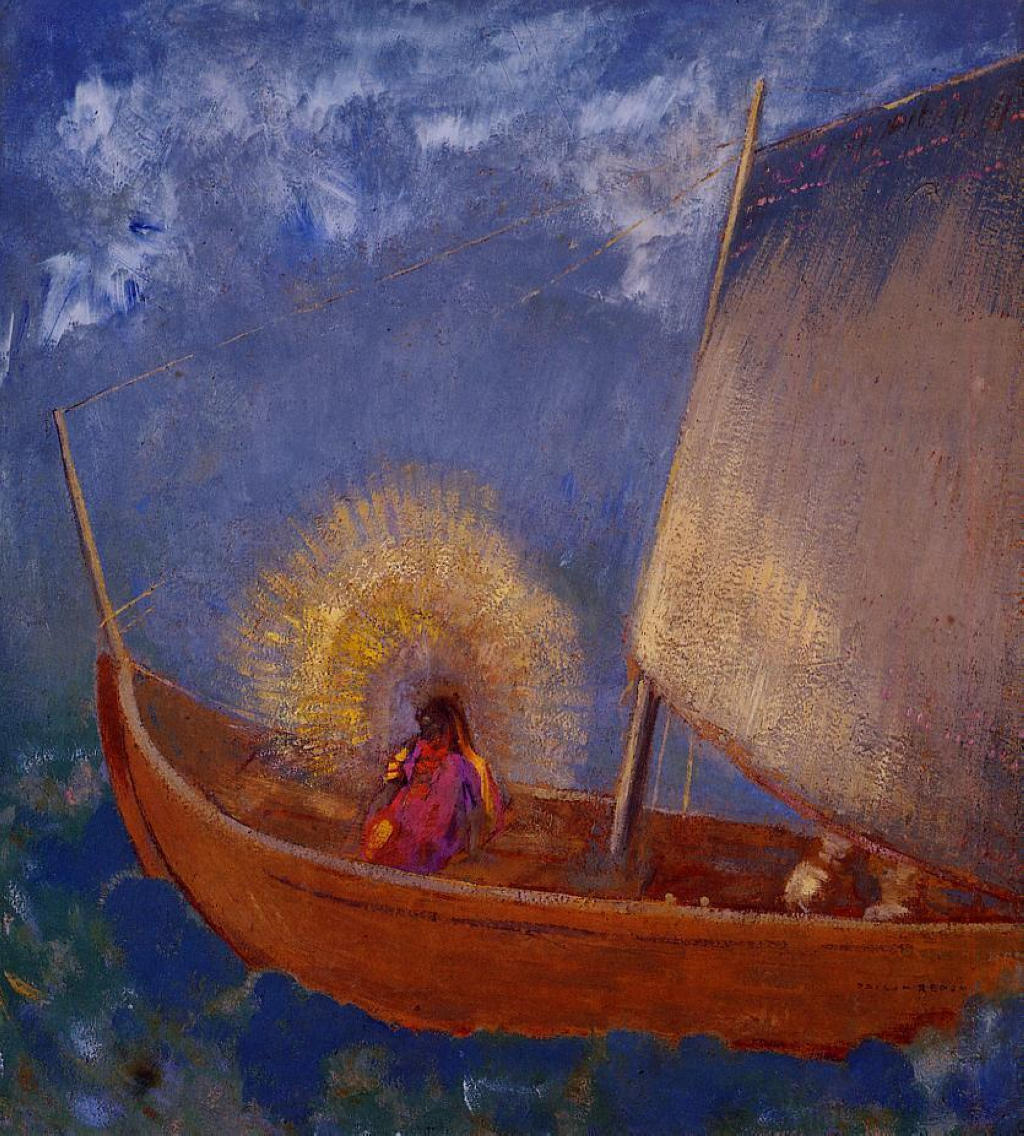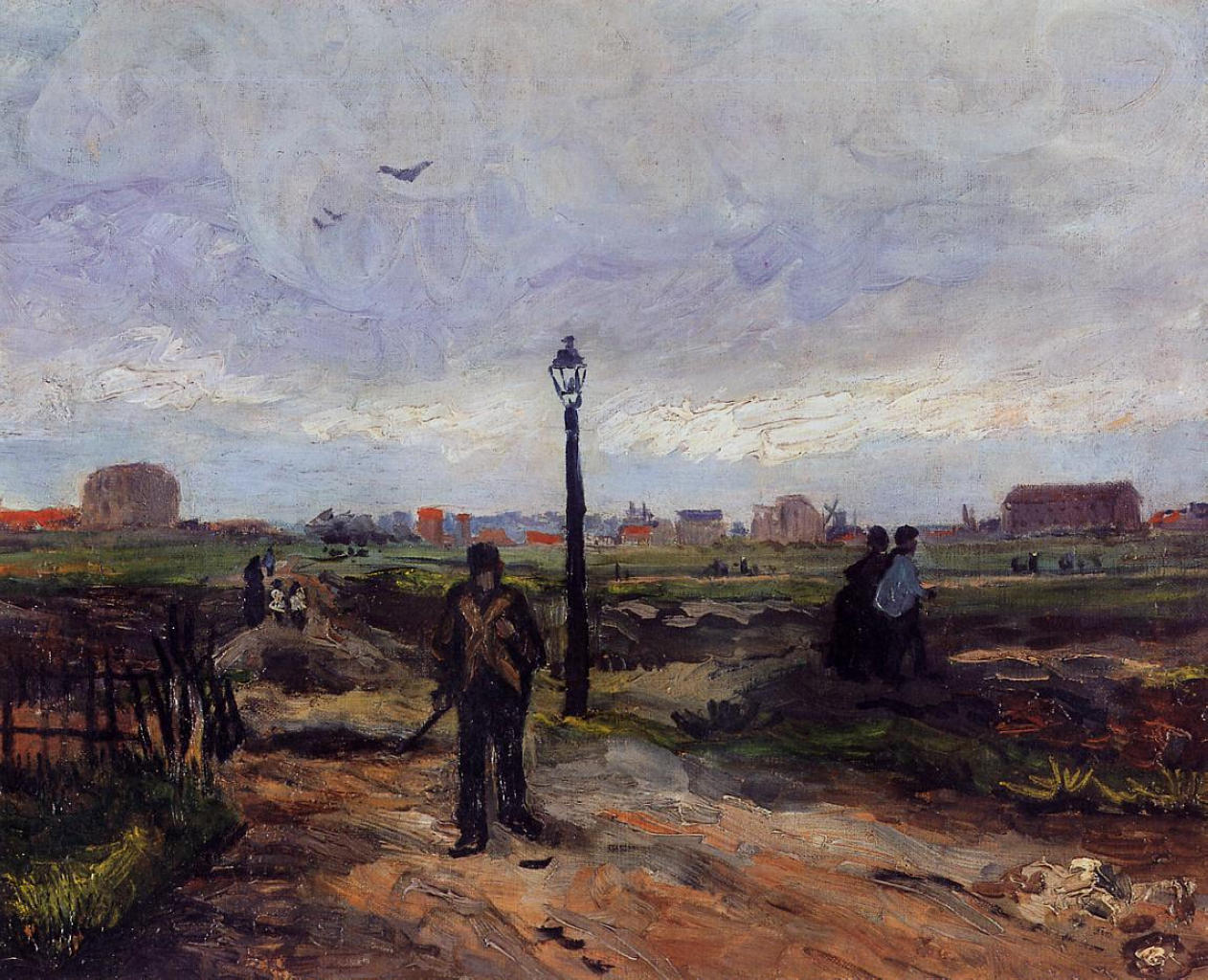Alphonse Mucha was born in what is now the Czech Republic in 1860 and moved to Paris in 1890 where he became the star of the poster-art movement under the patronage of the Sarah Bernhardt. After World War I he returned to Czechoslovakia and became the father of a slavic arts and crafts movement which combined elements of art nouveau with classic national themes. In addition to commercial art, jewelry design, interior decoration, sculpture and stage design, Mucha experimented with lettering and calligraphy to produce excellent source material for unique typefaces. Mucha's style is virtually synonymous with French Art Nouveau and he is one of the most imitated artists and designers of all time.
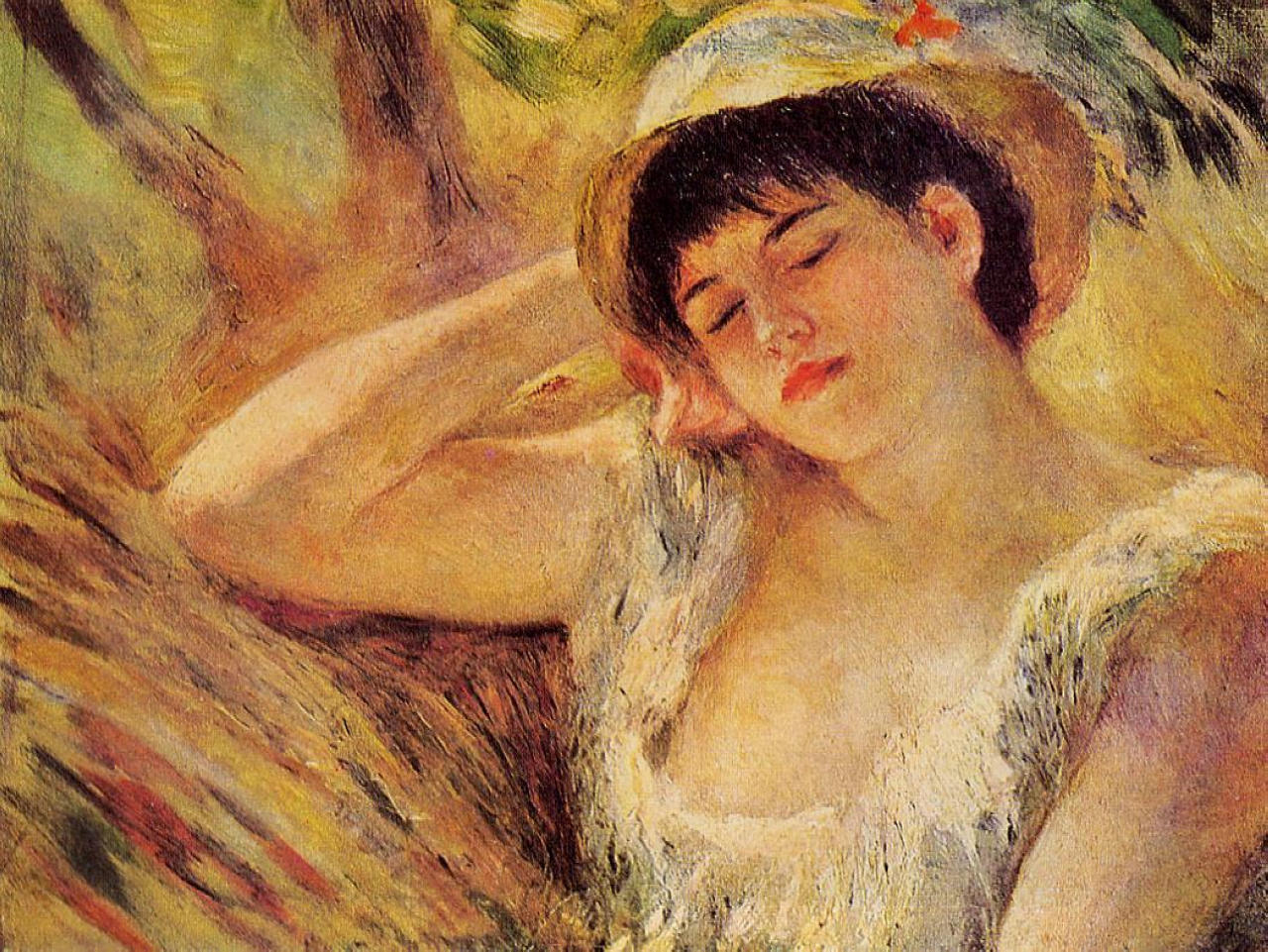
Pierre-Auguste Renoir: "It's with my brush that I make love"
"People love to be nice, but you must give them the chance".
"Regularity, order, desire for perfection destroy art. Irregularity is the basis of all art".
"The work of art must seize upon you, wrap you up in itself, carry you away. It is the means by which the artist conveys his passion; it is the current which he puts forth which sweeps you along in his passion".
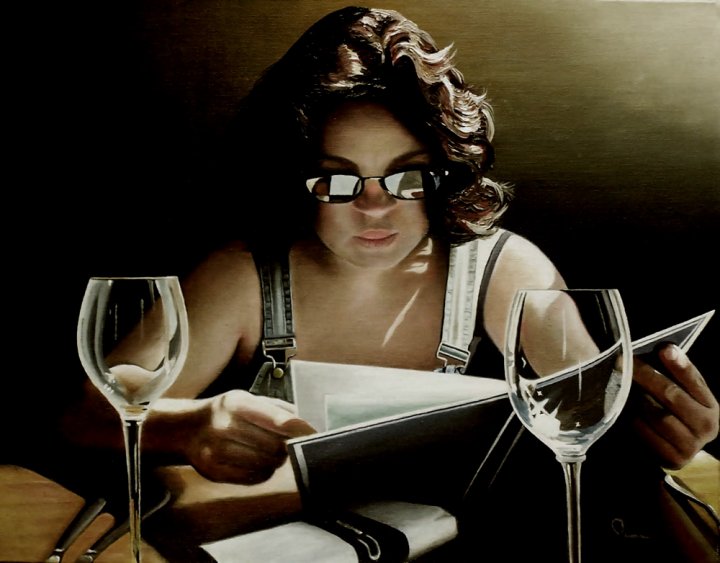
Jerome G. Parker | Portrait painter
A Central California native, Jerome Garth Parker comes from a family of artists and musicians. A quiet and introspective figure, Jerome is active in galleries in this beautiful region of his home state.
Figurative compositions, closely observed from life, comprise many of this artists rich work in oils and charcoal.
Though clearly inspired by the masters, Jerome's intriguing subjects nevertheless capture a certain contemporary view of life in the moment.
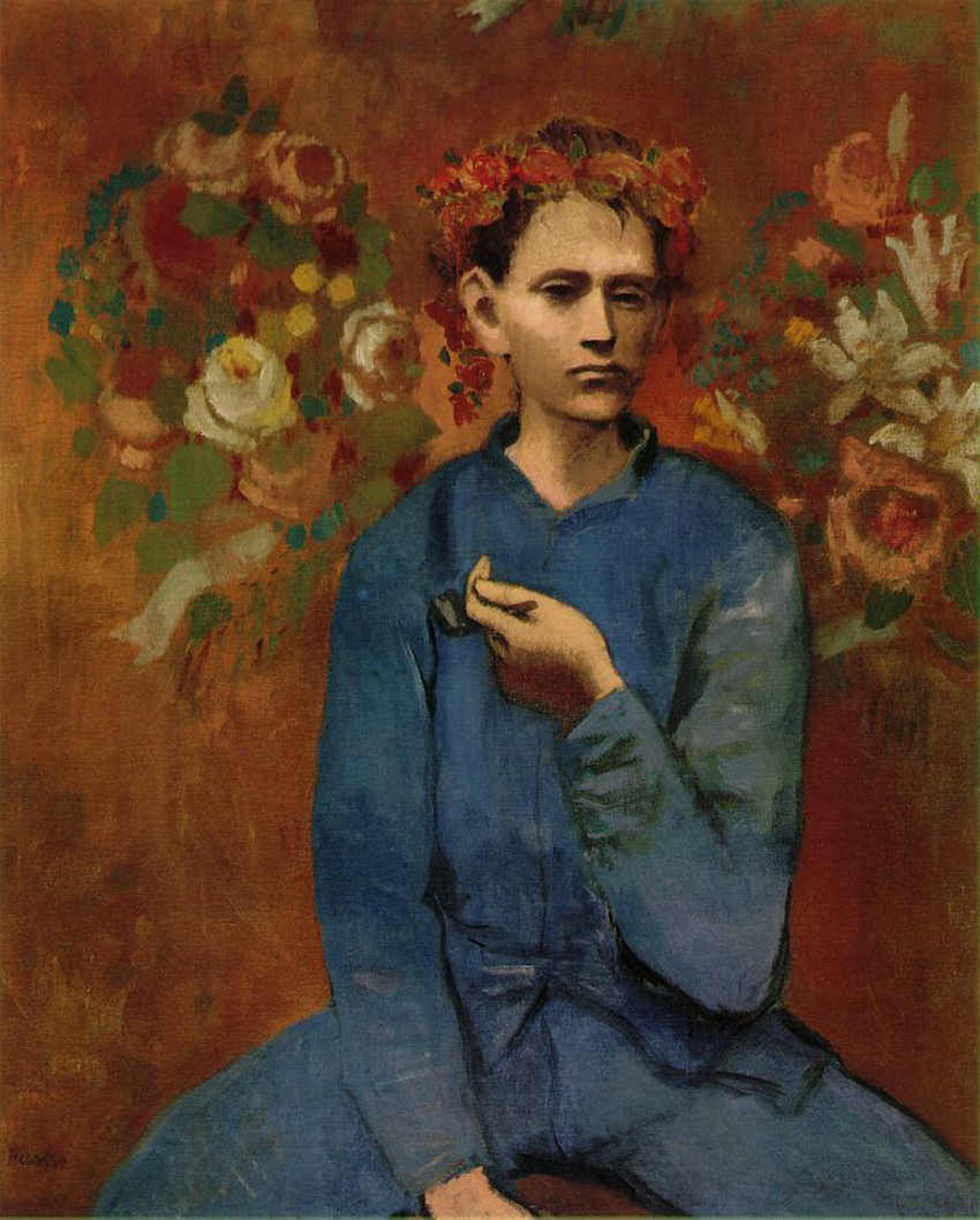
Pablo Picasso | Aforismi
• "Quando uno inizia un ritratto e cerca per successive eliminazioni di trovare la forma pura... si finisce inevitabilmente con un uovo..."
• "Dipingere non è un'operazione estetica: è una forma di magia intesa a compiere un'opera di mediazione fra questo mondo estraneo ed ostile e noi."
• "Dipingo gli oggetti come li penso, non come li vedo."
• "I 40 anni sono quell'età in cui ci si sente finalmente giovani. Ma è troppo tardi."
• "I miei quadri, finiti o no, sono le pagine del mio diario e sono validi in quanto tali. Il futuro sceglierà le pagine che preferirà. Non spetta a me di farlo. Io ho sempre operato per il presente."
• "Io non mi evolvo. Io sono."
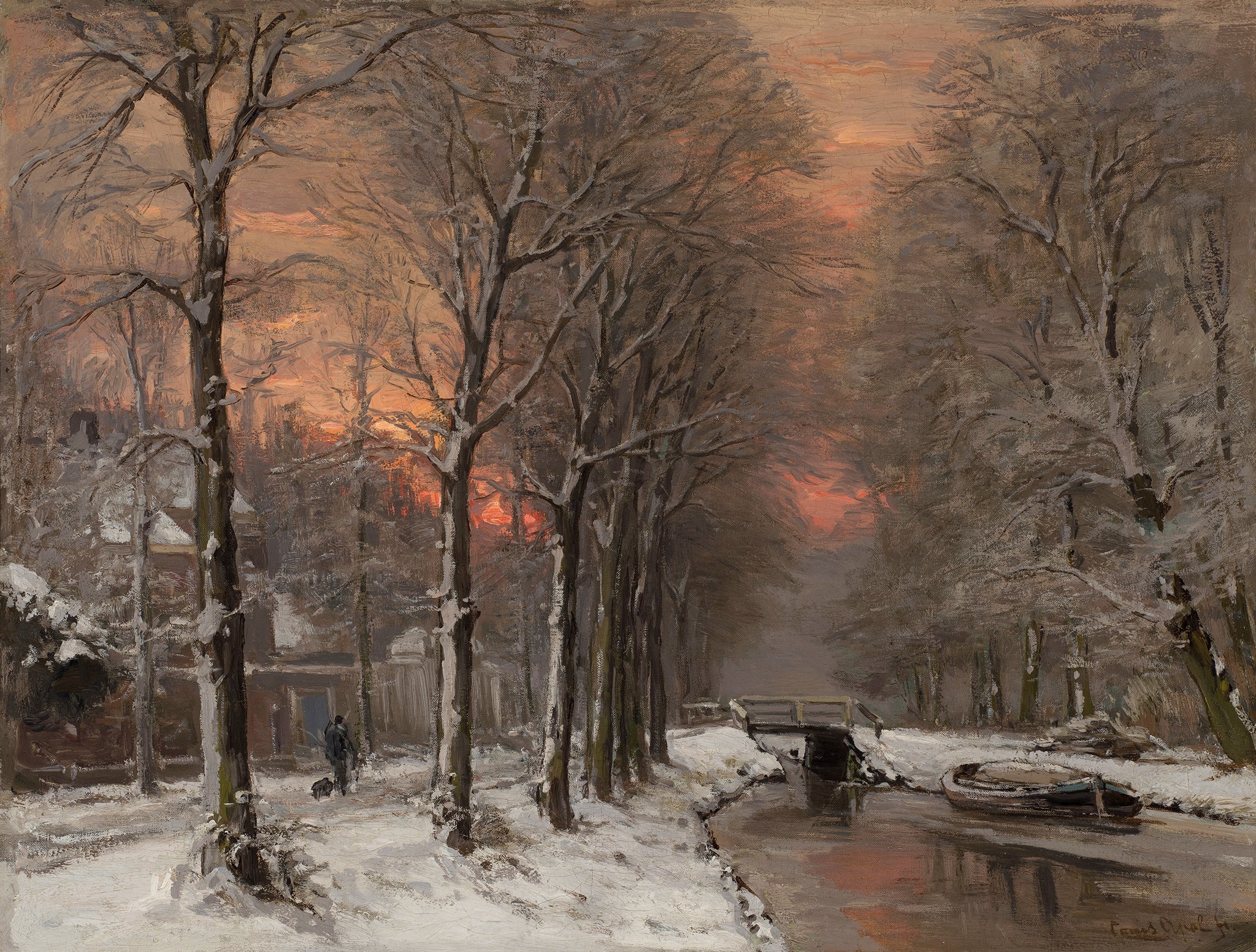
Rabindranath Tagore | At the end of the day
I know, this day will come to an end
At the end of the day
Wanly smiling
The dying sun will look at my face
Bidding me its last farewell.
The flute will play by the side of the way
The cattle will graze on the banks of the river
Louis Apol | Winter landscape with sunset
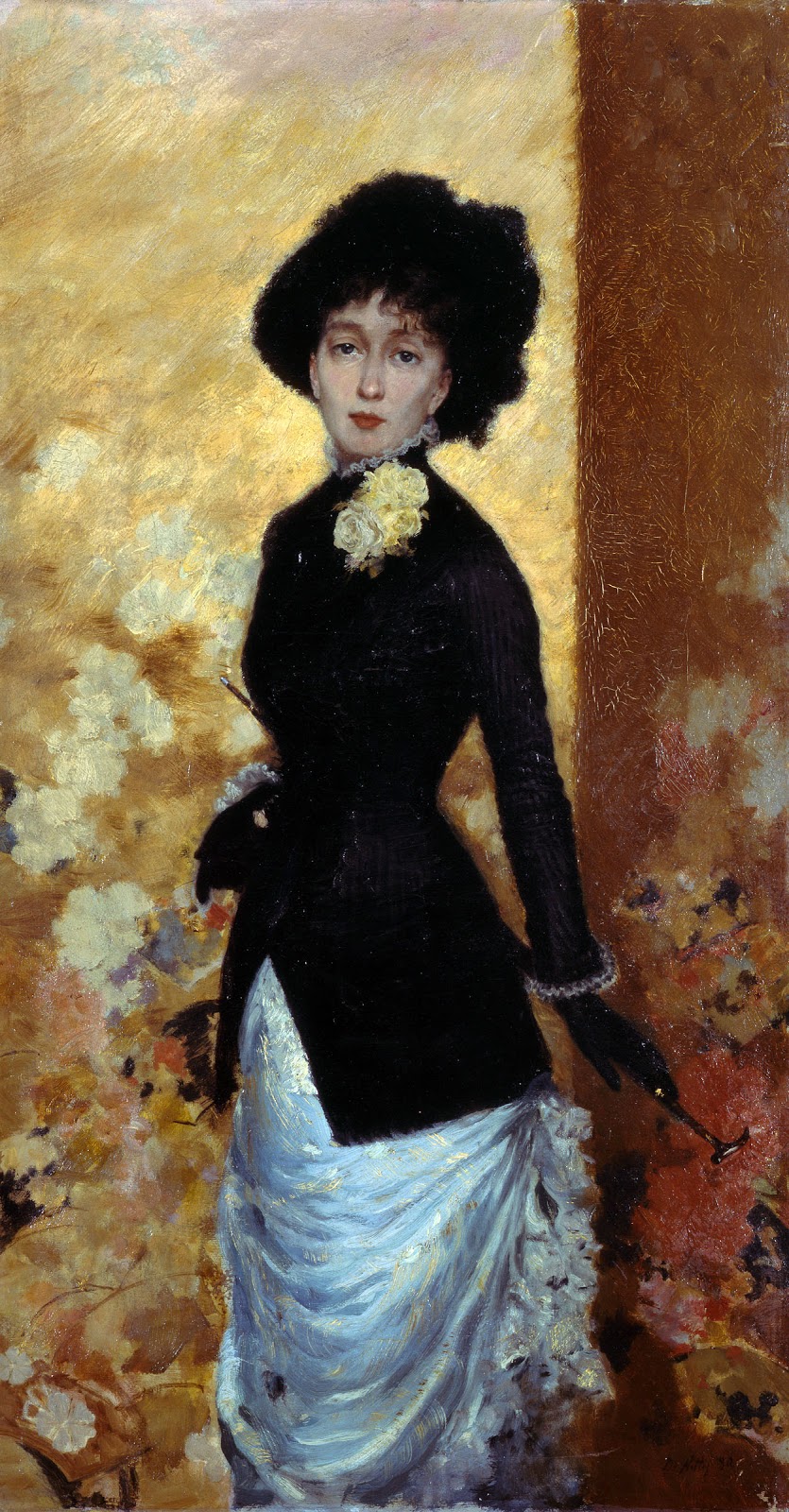
Giuseppe De Nittis | Figura di donna, 1880
Giuseppe De Nittis (February 25, 1846 - August 21, 1884) was one of the most important Italian painters🎨 of the 19th century, whose work merges the styles of Salon art🎨 and Impressionism.
De Nittis exhibited twelve paintings in the Exposition Universelle of 1878, and was awarded🎨 a gold medal.
In that same year he received the Légion d’honneur.
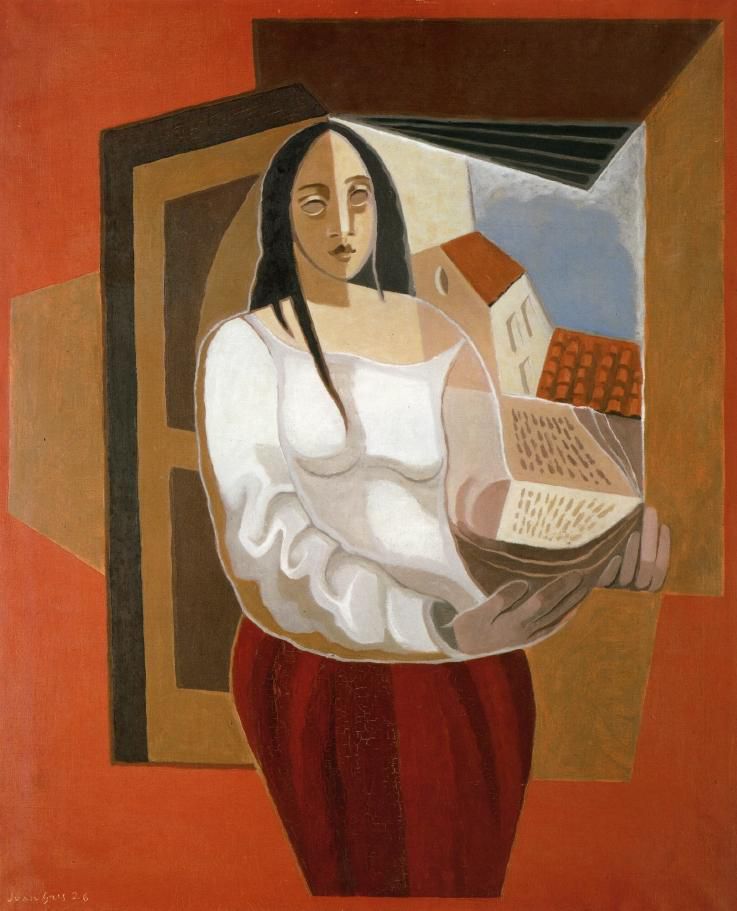
Juan Gris | The reader, 1926
• "Cézanne made a cylinder out of a bottle. I start from the cylinder to create a special kind of individual object. I make a bottle - a particular bottle - out of a cylinder".
• "I try to make concrete that which is abstract".
• "No work which is destined to become a classic can look like the classics which have preceded it. In art, as in biology, there is heredity but no identity with the ascendants. Painters inherit characteristics acquired by their forerunners; that is why no important work of art can belong to any period but its own, to the very moment of its creation. It is necessarily dated by its own appearance. The conscious will of the painter cannot intervene".
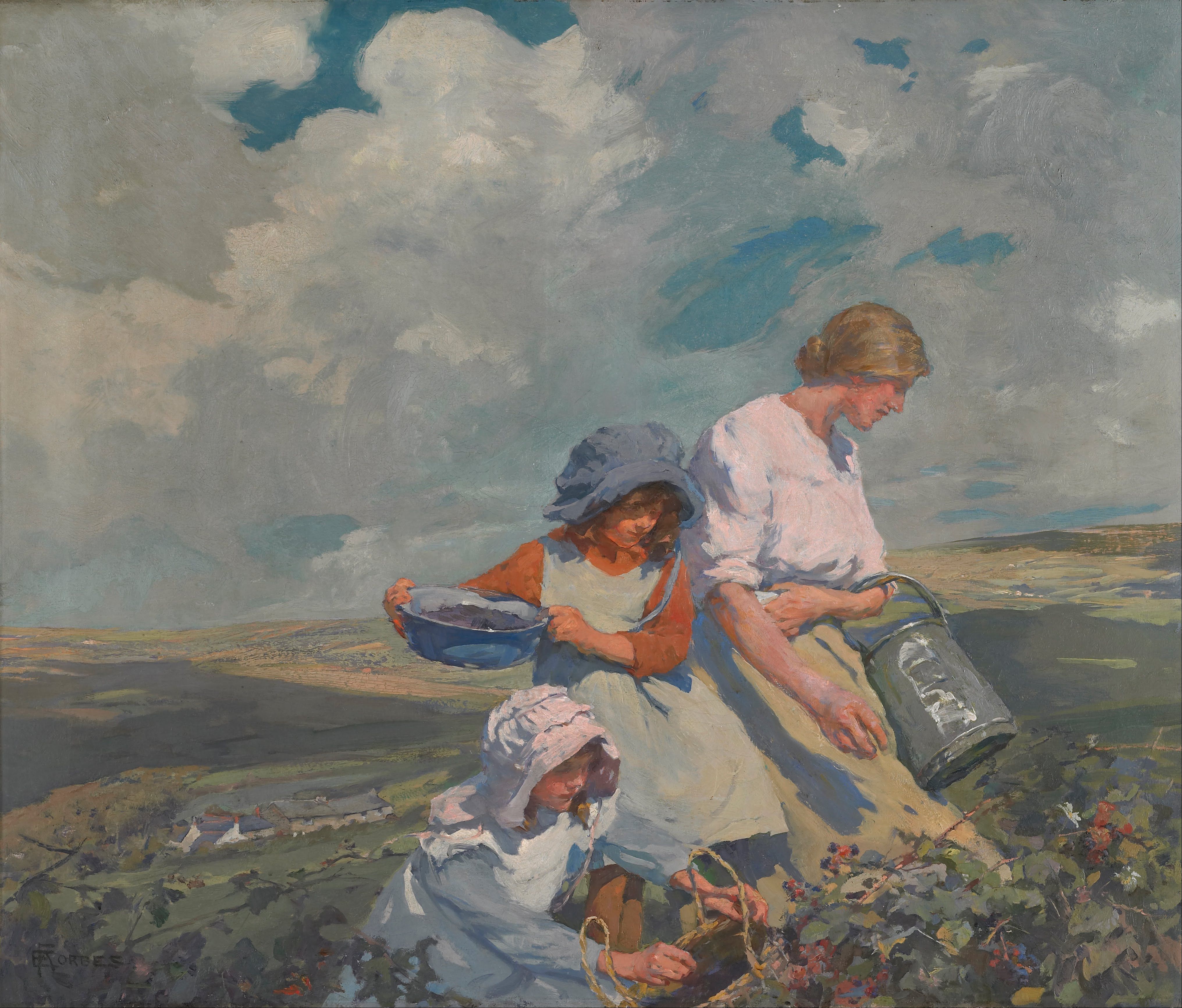
Elizabeth Forbes | Blackberry Gathering, 1912
Elizabeth Forbes was born in Canada and studied in New York and Munich.
In 1890 she married Stanhope Forbes.
Both painters were leading members of the group of artists who worked at Newlyn in Cornwall at the end of the 19th century, painting local outdoor subjects full of light and atmosphere using characteristic free brushwork.
Elizabeth Forbes | Blackberry Gathering, 1912 | Walker Art Gallery, Liverpool

Vincent Van Gogh | Self-portraits
Vincent Van Gogh did not have money to pay models to pose for portraits nor did he have many people commissioning him to do portraits, so Van Gogh painted his own portrait.
He painted over 30 self-portraits between the years 1886-1889. His collection of self-portraits places him among the most prolific self-portraitists of all time.
Van Gogh used portrait painting as a method of introspection, a method to make money and a method of developing his skills as an artist.
Van Gogh did not see portrait painting as merely a means to an end; he also believed that portrait painting would help him develop his skills as an artist.
When Van Gogh first began painting he used peasants as models. After this stage, he worked more on experimenting with his use of color in painting landscapes and flowers, primarily because he could not afford to pay models.
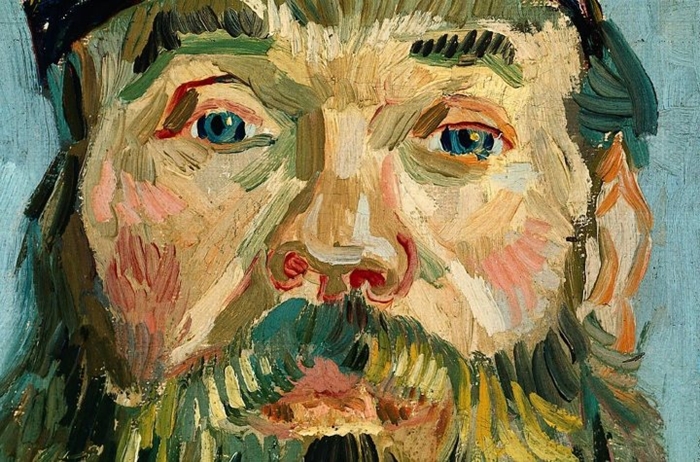
Van Gogh | Portraits
Vincent Willem Van Gogh, known for his landscapes, seemed to find painting portraits his greatest ambition. He said of portrait studies, "The only thing in painting that excites me to the depths of my soul, and which makes me feel the infinite more than anything else".
To his sister he wrote, "I should like to paint portraits which appear after a century to people living then as apparitions. By which I mean that I do not endeavor to achieve this through photographic resemblance, but my means of our impassioned emotions, that is to say using our knowledge and our modern taste for color as a means of arriving at the expression and the intensification of the character".
Of painting portraits, Van Gogh wrote: "in a picture I want to say something comforting as music is comforting. I want to paint men and women with that something of the eternal which the halo used to symbolize, and which we seek to communicate by the actual radiance and vibration of our coloring".
To his sister he wrote, "I should like to paint portraits which appear after a century to people living then as apparitions. By which I mean that I do not endeavor to achieve this through photographic resemblance, but my means of our impassioned emotions, that is to say using our knowledge and our modern taste for color as a means of arriving at the expression and the intensification of the character".
Of painting portraits, Van Gogh wrote: "in a picture I want to say something comforting as music is comforting. I want to paint men and women with that something of the eternal which the halo used to symbolize, and which we seek to communicate by the actual radiance and vibration of our coloring".
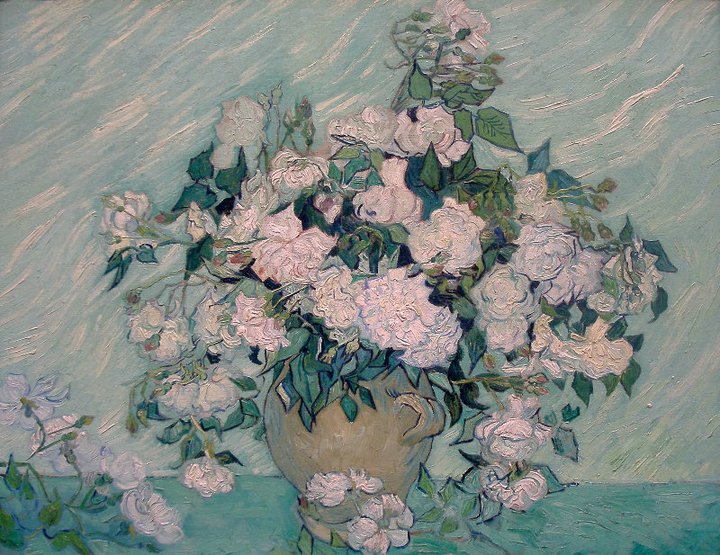
Vincent Van Gogh | The flowers
Vincent Van Gogh painted several versions of landscapes with flowers, as seen in View of Arles with Irises, and paintings of flowers, including Irises, Sunflowers, lilacs and roses. Some reflect his interests in the language of color, and also in Japanese ukiyo-e woodblock prints.
He completed two series of sunflowers: the first while he was in Paris in 1887, and the second during his stay in Arles the following year. The first series shows living flowers in the ground. In the second series, they are dying in vases. The 1888 paintings were created during a rare period of optimism for the artist. He intended them to decorate a bedroom where Paul Gauguin 1848-1903 was supposed to stay in Arles that August, when the two would create the community of artists Van Gogh had long hoped for. The flowers are rendered with thick brushstrokes impasto and heavy layers of paint. In an august 1888 letter to Theo, he wrote.
He completed two series of sunflowers: the first while he was in Paris in 1887, and the second during his stay in Arles the following year. The first series shows living flowers in the ground. In the second series, they are dying in vases. The 1888 paintings were created during a rare period of optimism for the artist. He intended them to decorate a bedroom where Paul Gauguin 1848-1903 was supposed to stay in Arles that August, when the two would create the community of artists Van Gogh had long hoped for. The flowers are rendered with thick brushstrokes impasto and heavy layers of paint. In an august 1888 letter to Theo, he wrote.
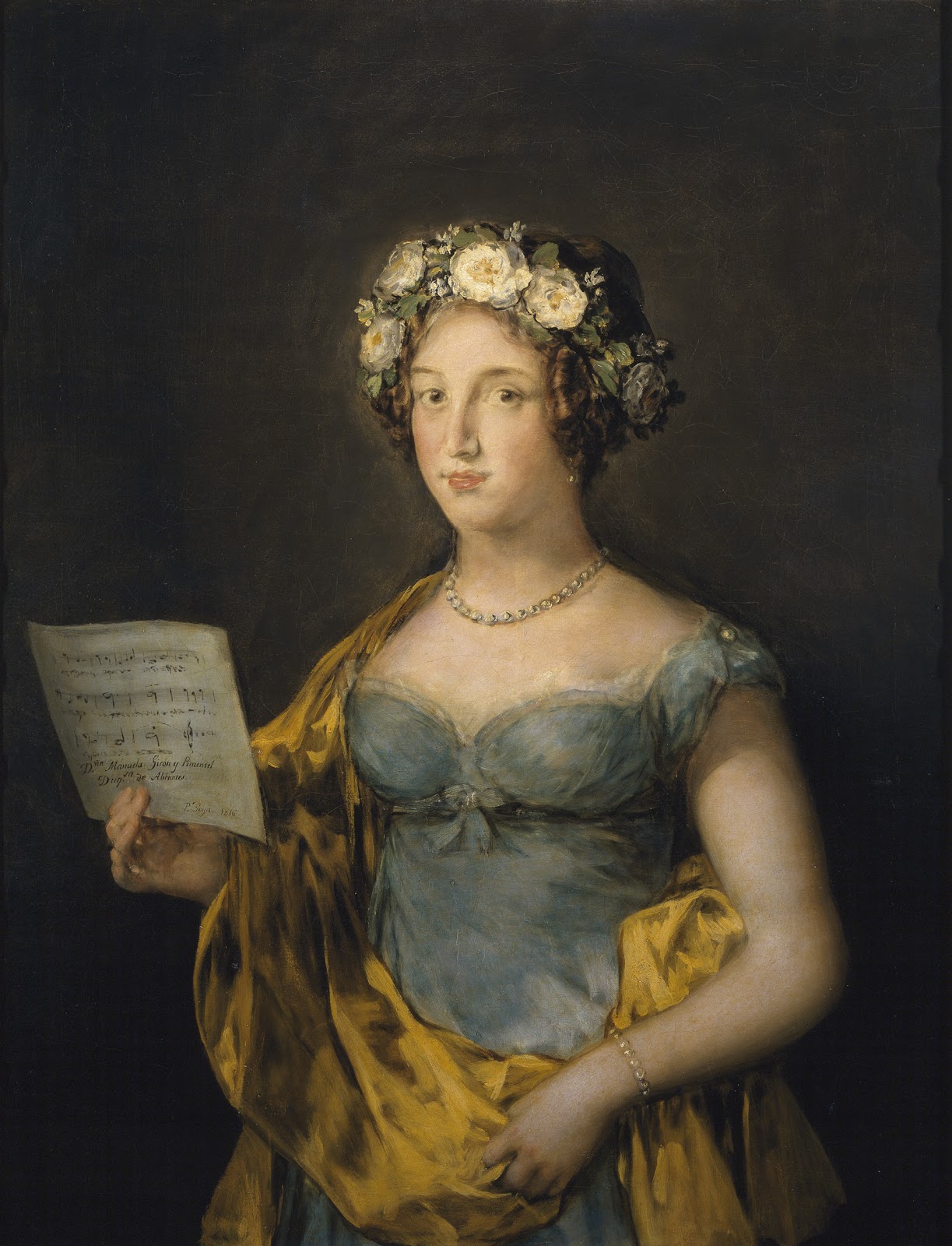
Francisco Goya | La duquesa de Abrantes, 1816
Doña Manuela Isidra Téllez-Girón y Alonso de Pimentel (1793-1838) era la figlia minore dei Duchi di Osuna (P00739) e sorella della Marchesa di Santa Cruz, anch'essa ritratta da Goya.
Nel 1813 sposò Don Ángel María de Carvajal y Fernández de Córdoba y Gonzaga (1793-1839), futuro VIII Duca di Abrantes (1816).
Come il resto dei suoi fratelli, ha ricevuto un'educazione illuminata dalla sua famiglia e tra i suoi hobby c'erano la musica ed il canto, come rivela Goya nel suo ritratto attraverso la partitura musicale.
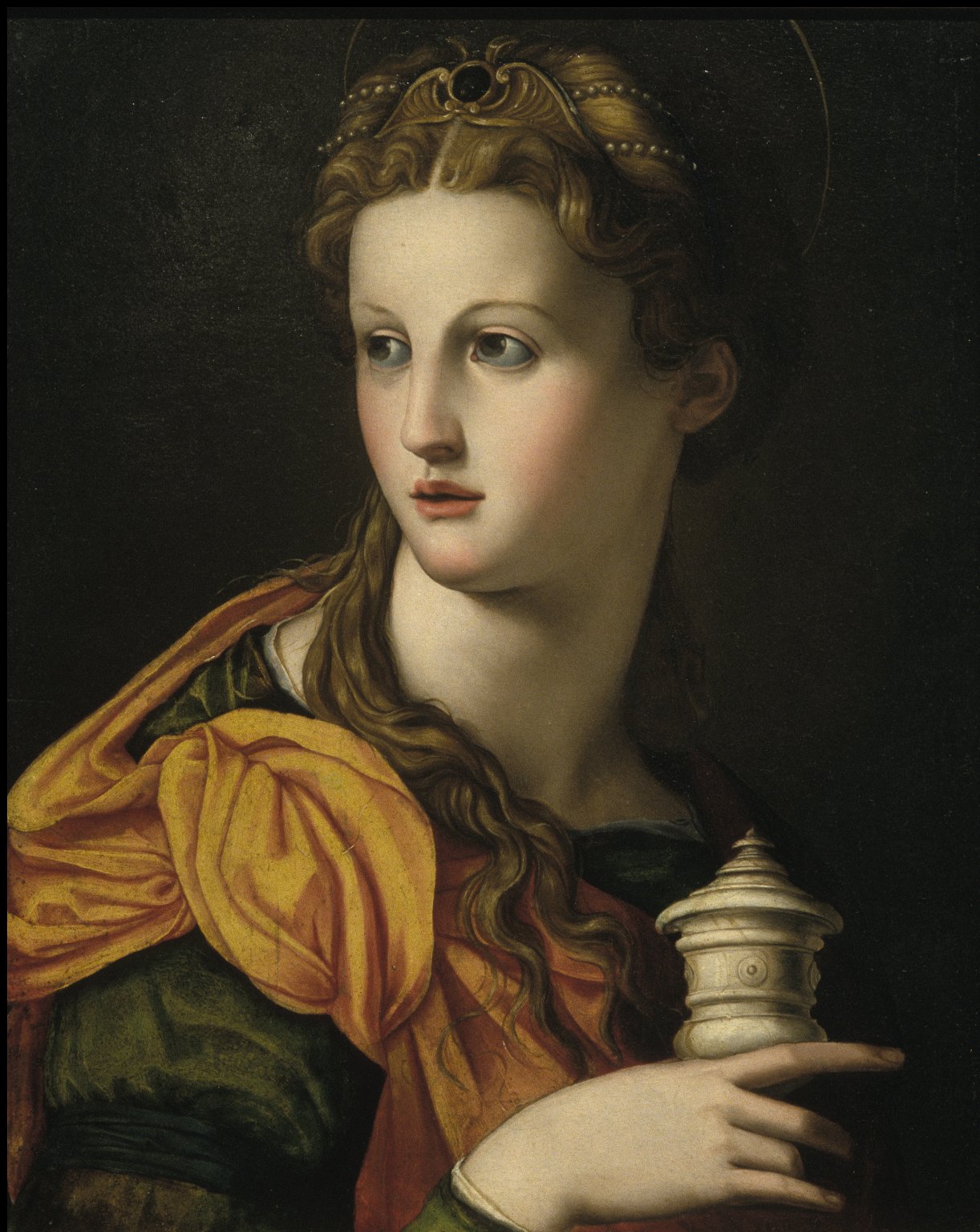
Agnolo Bronzino | Maria Magdalena, 1565
Mary Magdalene (Young Florentine Woman portrayed as the Magdalene) is an painting of about 1565 by the Florentine painter Agnolo Bronzino.
It is now in the Spencer Museum of Art, University of Kansas.
Shoulder length representation of a young woman holding an alabaster ointment jar in her proper right hand.
She is blond, has a halo, and turns to the left.
She wears a green dress and a yellow scarf (identified as cangiant).
She has pearls in her hair.
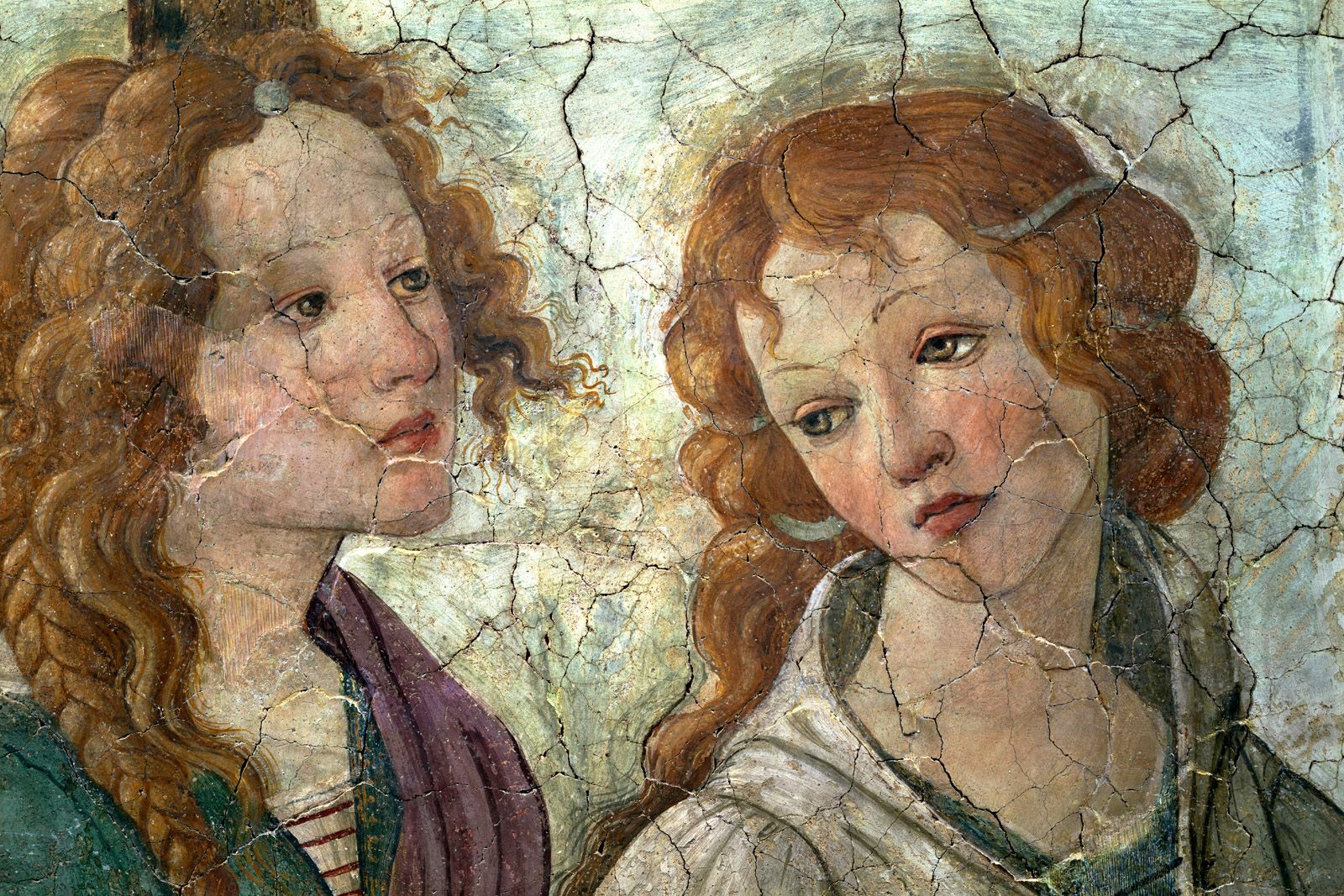
Sandro Botticelli (1445-1510)
Maestro del sacro e del profano, Sandro Botticelli è stato descritto come un outsider nella corrente principale della pittura italiana, avendo egli un interesse limitato per molti degli aspetti associati alla pittura del Quattrocento, come l'ispirazione diretta all'arte classica e la rappresentazione realistica di anatomia umana, prospettiva e paesaggio.
Infatti, la sua formazione gli ha permesso di rappresentare questi aspetti della pittura, senza però lasciarsi omologare dallo scenario contemporaneo.
.jpg)
Augusto Giacometti | Il pioniere della pittura Astratta
Augusto Giacometti (1877-1947) fu un importante pittore Svizzero legato al liberty ed al simbolismo.
E' considerato un pioniere dell’arte astratta.
A lui si devono, inoltre, alcune particolari realizzazioni artistiche nell’ambito della pittura su vetro e della pittura murale monumentale.
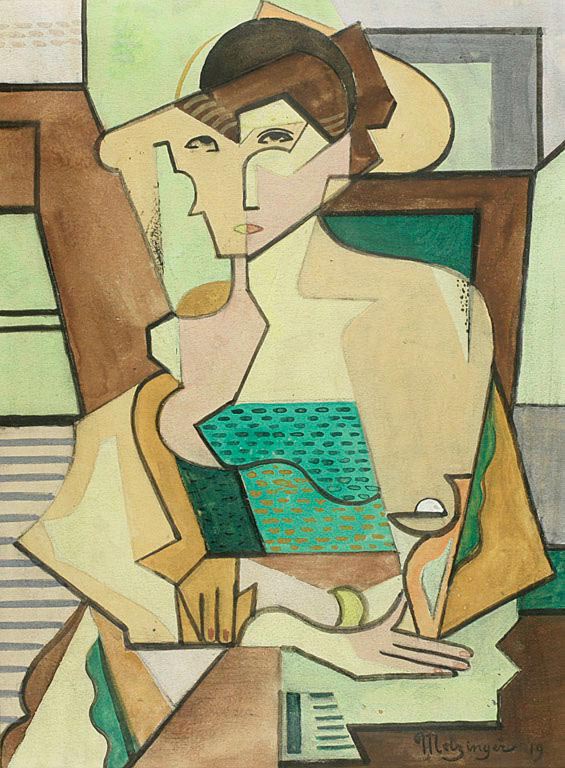
Jean Metzinger | Seated Woman, 1919
Jean Dominique Antony Metzinger (24 June 1883 - 3 November 1956) was a major 20th-century French painter**, theorist, writer, critic and poet, who along with Albert Gleizes wrote a theoretical work on Cubism.

William-Adolphe Bouguereau | Idylle: famille antique, 1860
At the time that Bouguereau painted Idylle: famille antique he was a rising star on the Paris art scene. After studying with the esteemed French** Academic master François Picot, Bouguereau gained admittance to the hallowed halls of Paris' École des Beaux-Arts.
In 1849, he exhibited for the first time in the Paris Salon and the following year won the prestigious Grand Prix** de Rome.
In 1849, he exhibited for the first time in the Paris Salon and the following year won the prestigious Grand Prix** de Rome.
During his time in Italy, Bouguereau traveled extensively, studying the Renaissance masters** who inspired his early fascination with classical antiquity, as demonstrated by the present painting.

Diego Velázquez | An Old Woman Cooking Eggs, 1618
Old Woman Frying Eggs is a genre painting by Diego Velázquez, produced during his Seville period.
The date is not precisely known but is thought to be around the turn of 1618 before his definitive move to Madrid in 1623.
The painting is in the Scottish National Gallery in Edinburgh.
Velázquez frequently used working-class characters in early paintings like this one, in many cases using his family as models; the old woman here also appears in his Christ in the House of Martha and Mary (1618).
Iscriviti a:
Post (Atom)

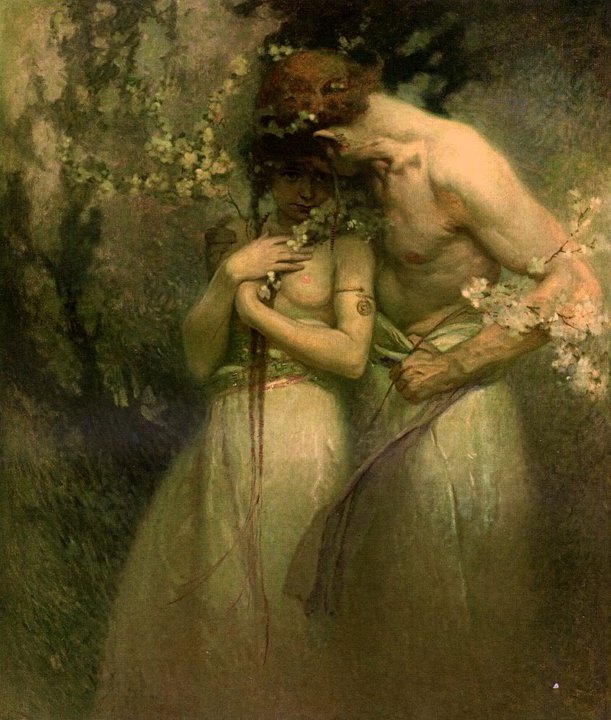



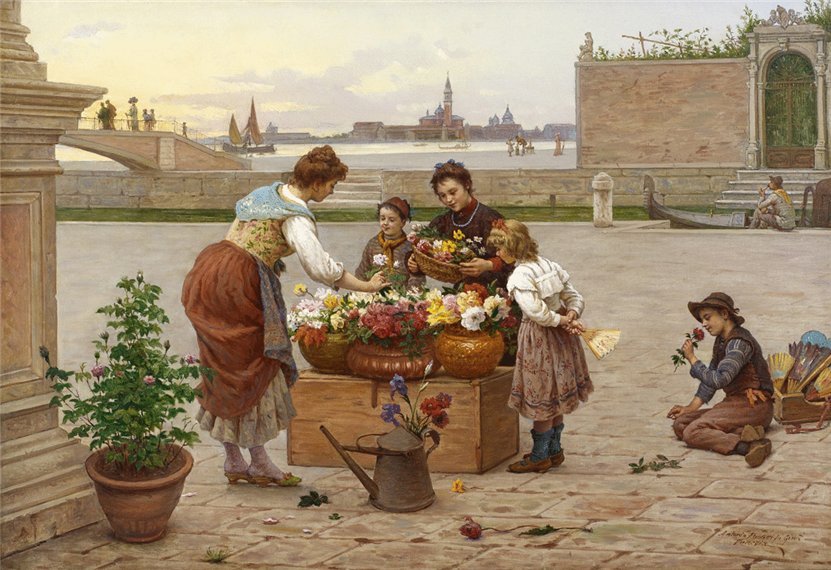





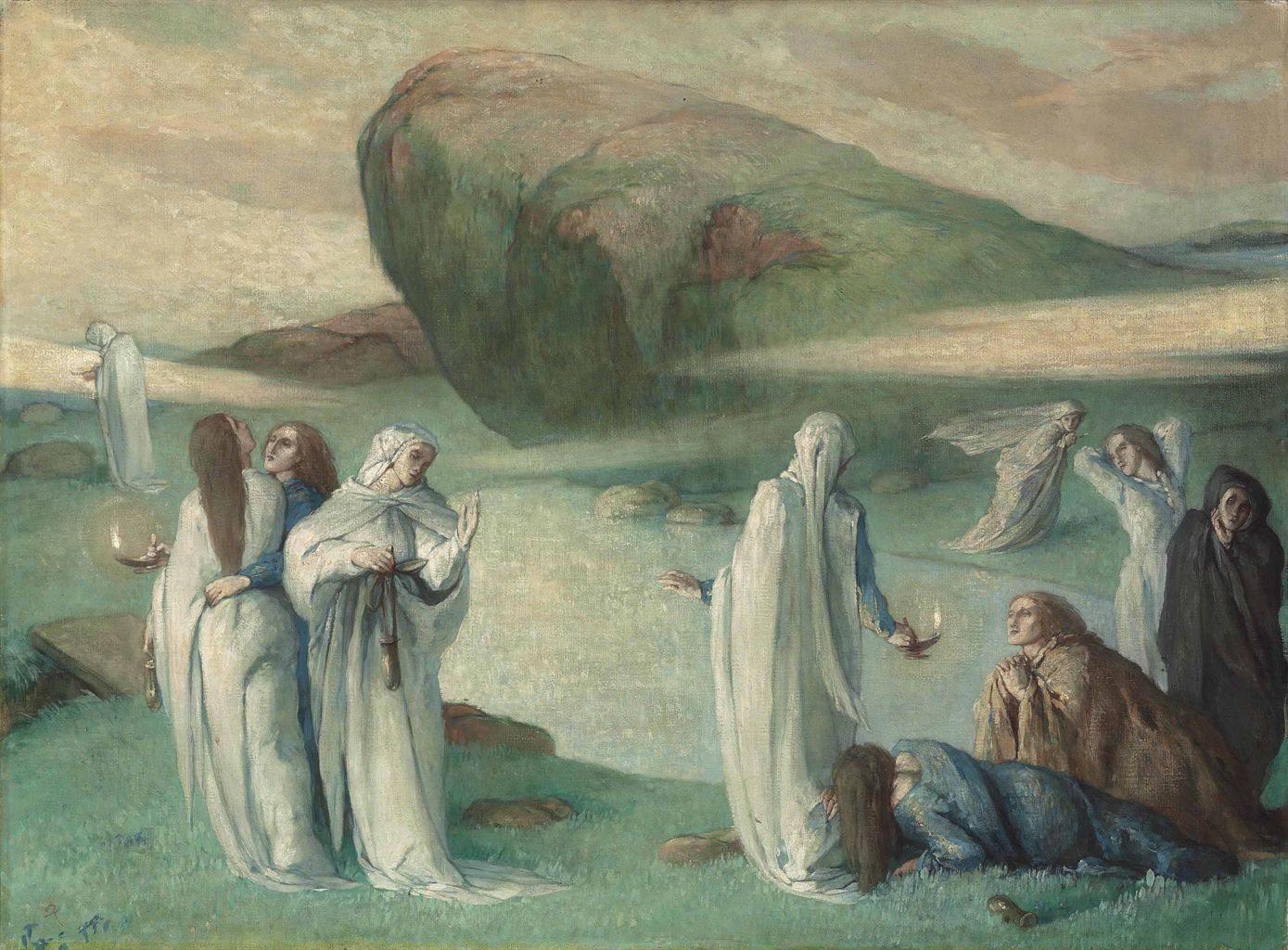






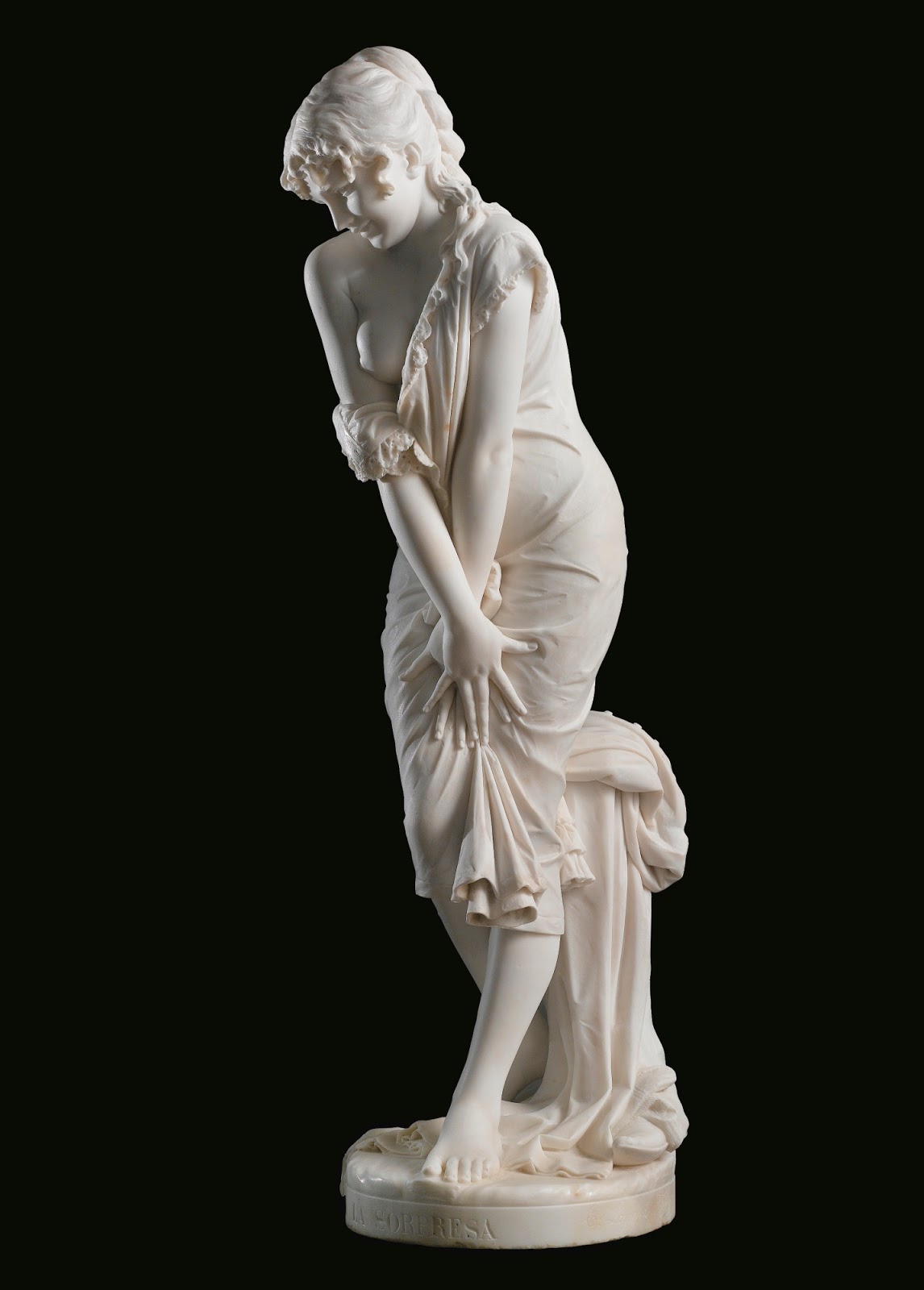






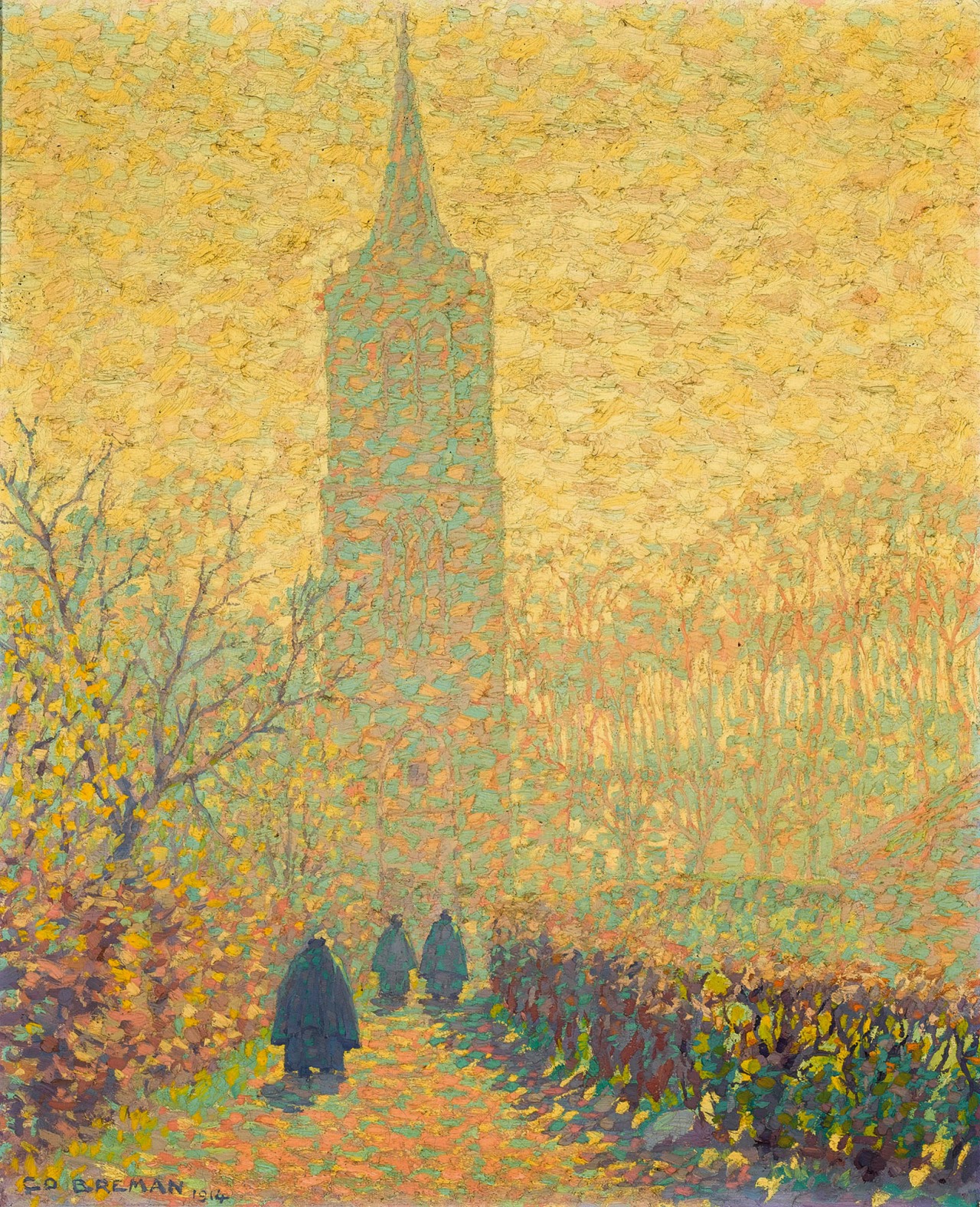

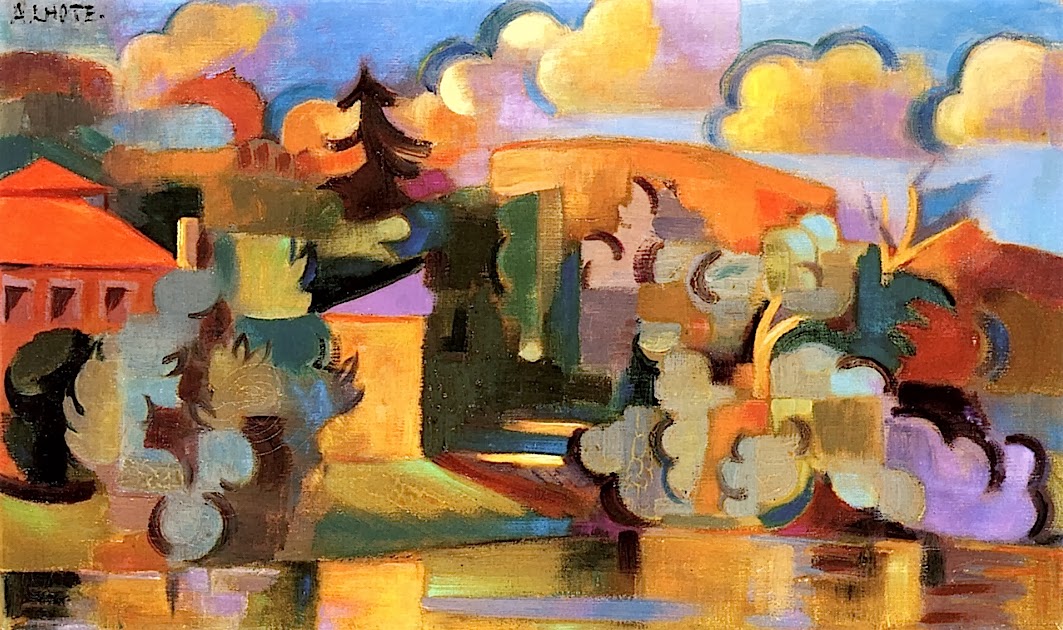



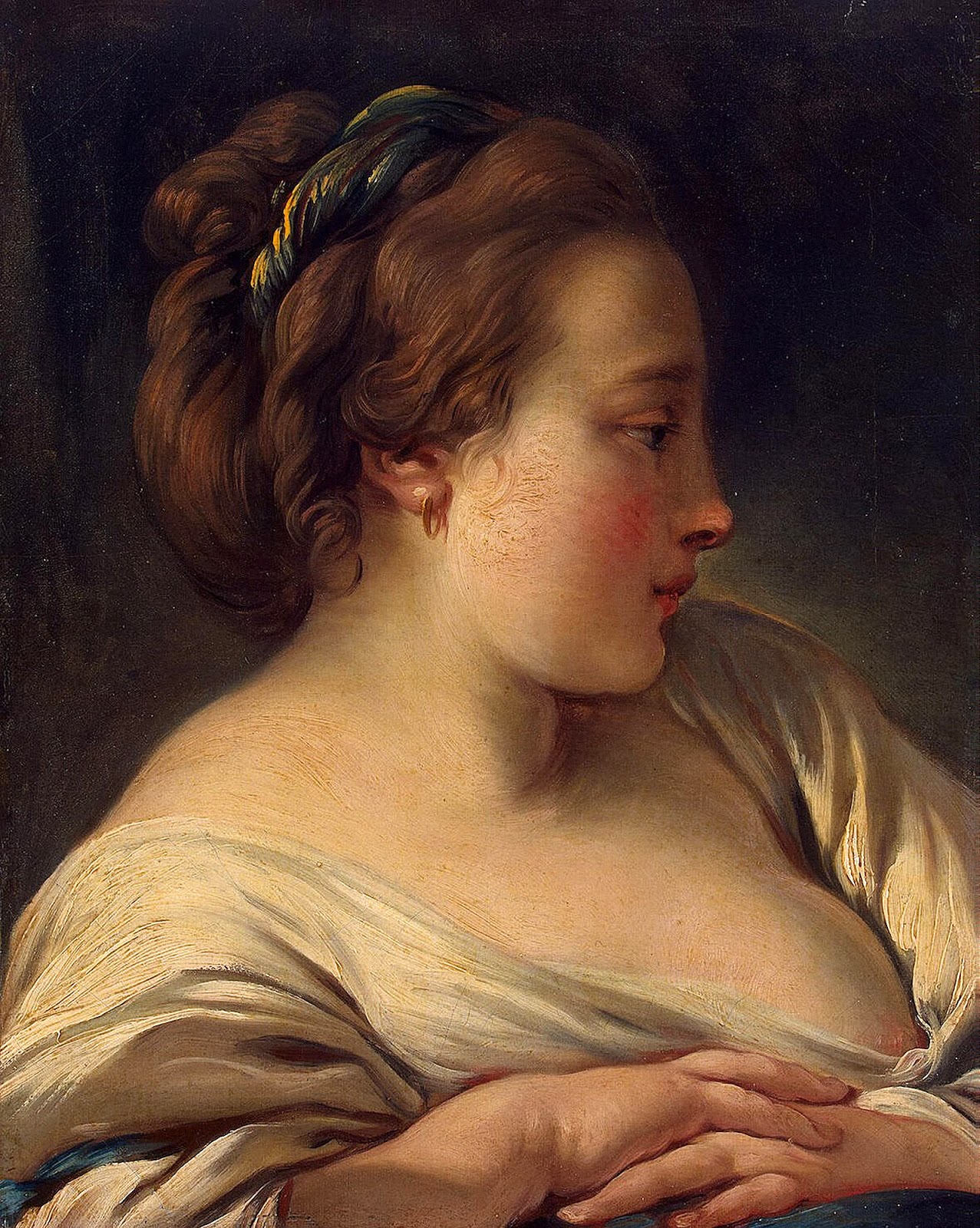




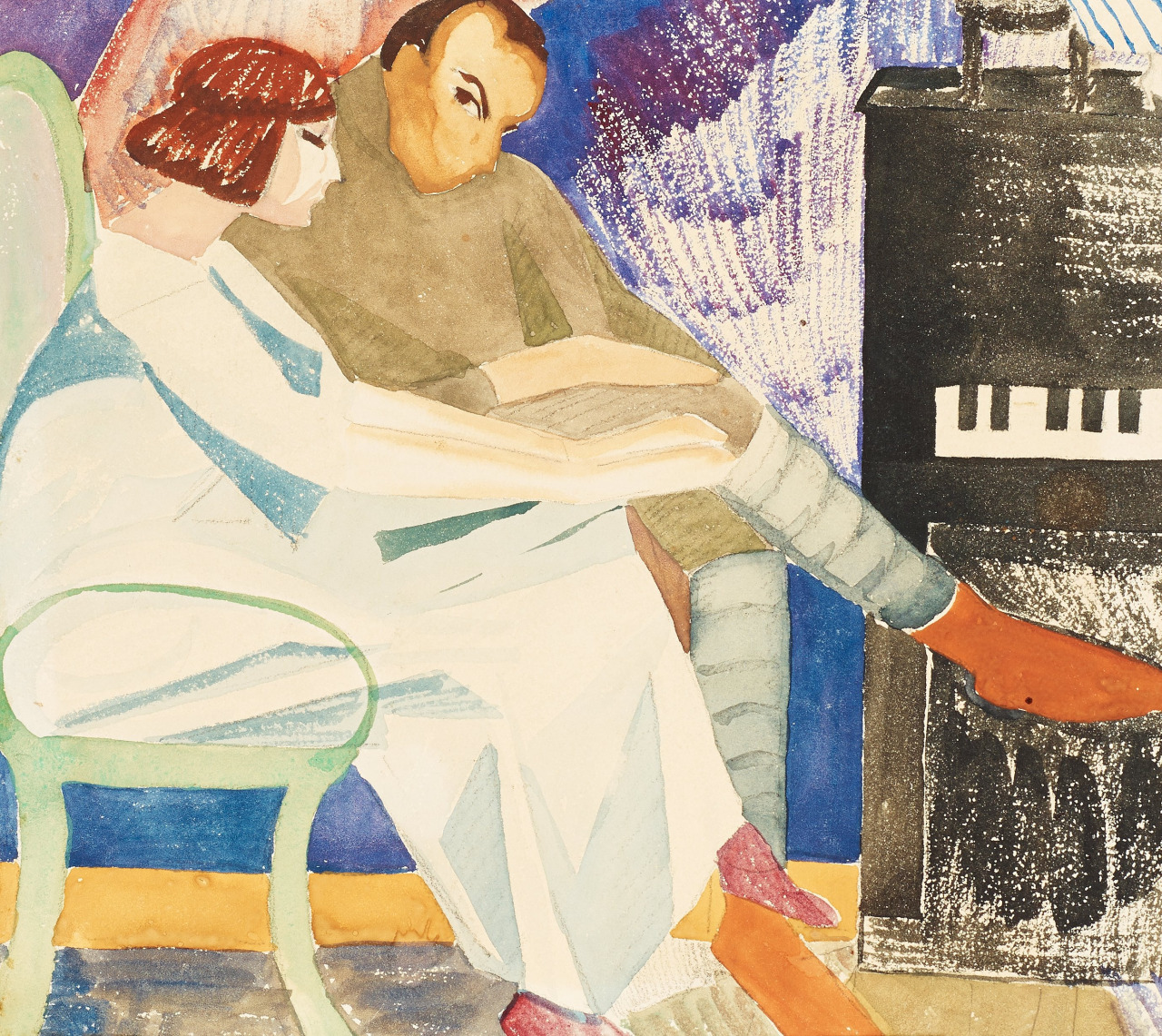

.jpg)

